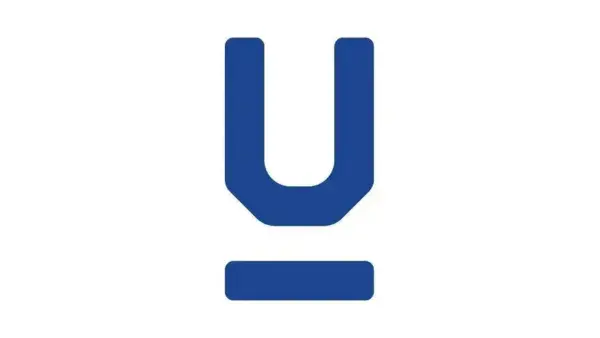Anúncios
This guide walks you through how to prepare for the application process, recognize key requirements, and access direct links to current job openings. Let’s dive in!
Step 1: Refresh Your Resume
Your resume is your primary tool for entering the U.S. job market. Employers here value clear, concise documents that focus on results and impact. Here’s how to make yours stand out:
- Use keywords: Carefully read job postings and incorporate the same terms into your resume.
- Show results: Replace task-based bullet points with accomplishments like “boosted revenue by 20%” or “cut costs by 15% through process optimization.”
- Follow U.S. formatting: Standard resumes are 1–2 pages long and do not include photos, age, or marital status.
Need help? Sites like Zety offer resume templates and AI tools to guide you through the process.
Step 2: Build a Strong LinkedIn Profile
LinkedIn is a must-have for job seekers in the U.S.—with over 871,000 recruiters actively using it to discover candidates. Improve your chances of being noticed by doing the following:
- Optimize your title: Use job-specific keywords like “Marketing Specialist | SEO Expert.”
- Craft a compelling summary: Highlight your skills, experience, and career aspirations.
- Request recommendations: Ask former managers or coworkers to endorse your work.
A polished LinkedIn profile can bring job offers directly to your inbox.
Step 3: Apply Through Official Job Portals
Most major U.S. companies have dedicated career websites where you can search openings, set alerts, and apply directly. Here are links to top employers currently hiring:
- Amazon: Careers at Amazon – Wide range of roles, from logistics to engineering.
- Google: Careers at Google – Ideal for data scientists, developers, and creatives.
- Microsoft: Careers at Microsoft – Offers remote-friendly and hybrid tech roles.
- Walmart: Careers at Walmart – Opportunities across customer service, logistics, and management.
Make sure to tailor your resume and cover letter to each role you apply for.
Step 4: Get Ready for the Interview Process
Job interviews in the U.S. often include both behavioral and technical questions. Being well-prepared is crucial. Here’s how to do it:
- Research the company: Learn their values, mission, and recent news.
- Practice common interview questions: Examples include “Describe a time you overcame a workplace obstacle” or “How do you handle team disagreements?”
- Use the STAR method: Structure answers using Situation, Task, Action, and Result. Example: “Faced a delivery delay (Situation), I coordinated with suppliers (Task), expedited shipments (Action), and met our deadline (Result).”
Confidence and preparation go a long way in interviews.
Step 5: Know What Employers Expect
Each company has its own set of requirements, but many share similar expectations:
- Experience: Most roles request 2–3 years of experience, though entry-level programs exist for new grads.
- Technical skills: Knowledge in areas like Excel, Python, or SQL is often required.
- Soft skills: Strong communication, teamwork, and adaptability are highly valued.
Certifications can enhance your profile. For example, in tech roles, credentials like AWS, CompTIA, or Google IT Support are frequently requested.
Step 6: Guidance for International Applicants
If you’re a foreign candidate looking to work in the U.S., consider these points:
- Work Authorization: Check if the employer sponsors visas (like H1-B).
- English skills: Fluency is essential for most roles.
- Adjust your resume: Don’t just translate—adapt your CV to fit American formatting and expectations.
Understanding the cultural and legal context will help you stand out as a strong international candidate.
Growing Industries to Watch in 2025
Based on current trends, the following sectors are expected to continue expanding rapidly:
- Technology: High demand for software engineers, AI specialists, and data analysts.
- Healthcare: Nurses, medical staff, and healthcare administrators remain essential.
- Green Energy: Jobs in solar, wind, and environmental engineering are on the rise.
If you’re targeting one of these fields, consider taking courses or certifications to sharpen your skills.
Now’s the Perfect Time to Get Started
The U.S. job market is full of exciting opportunities. With direct links to top employers and a clear strategy for preparing your application, you’re closer than ever to landing your next role.
Don’t wait—update your resume, polish your LinkedIn, prepare for interviews, and start applying today!

